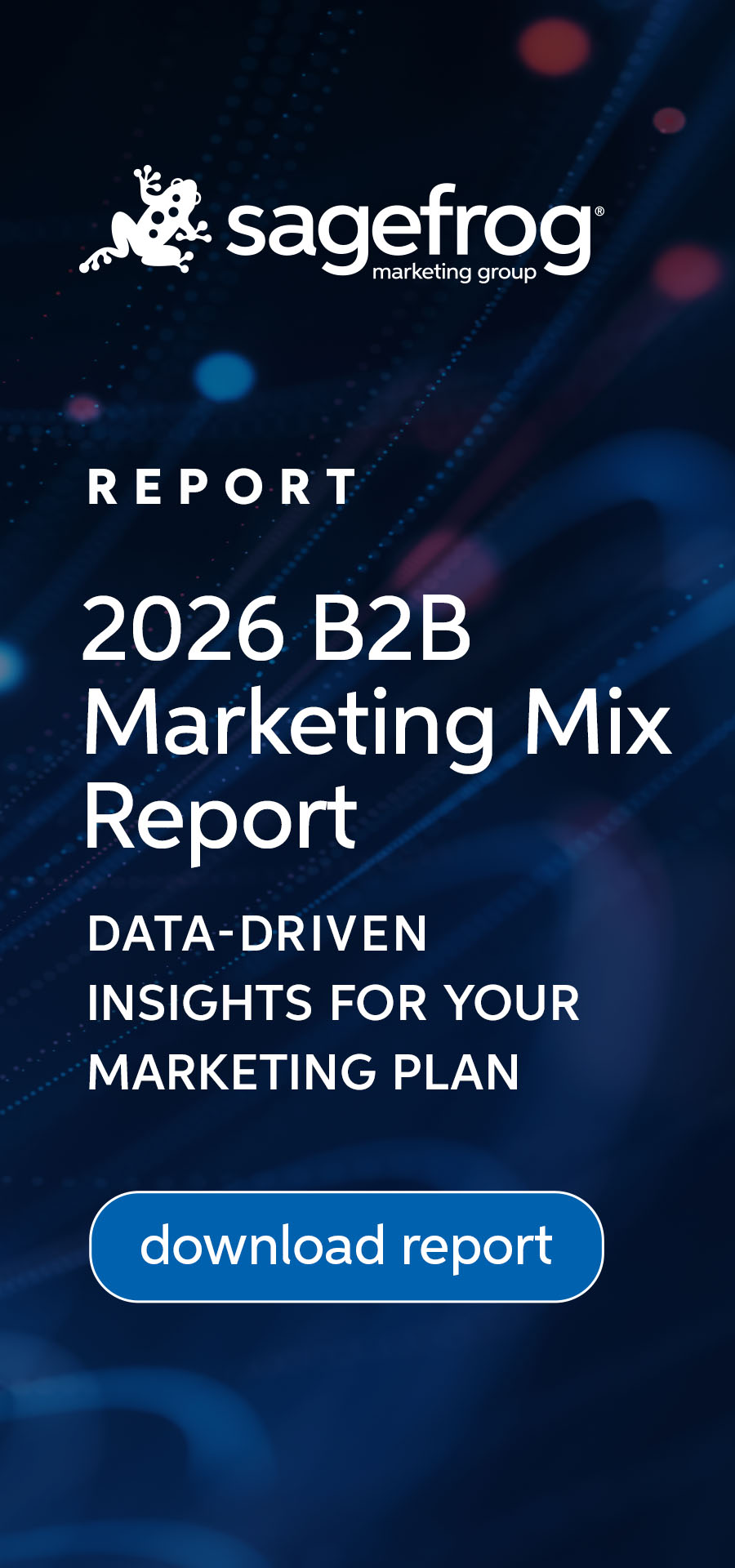You can’t have one without the other. Demand generation and lead generation are two very distinct marketing outcomes, but they go hand in hand for marketers making big contributions to the success of their business. While it’s best to allot time and effort to driving results for both, it may create a sharper focus if your marketing team prioritizes one overarching goal: generating awareness or securing new leads.
Here’s an overview of what these two marketing outcomes accomplish, how they factor into modern marketing goals and why you should separate the two in your marketing plans.
Demand Generation
Think of demand generation as a catalyst for achieving your main marketing objective – generating new business. In order to successfully sell a product or service, there needs to be some form of consumer demand, whether there’s an obvious need or an unnoticed lack in the lives of prospective customers. Once demand is generated for your offering and sales take off, you’ll need to maintain that demand to continue growing your business which is why demand generation is crucial to most lead generation plans.
The tangible takeaways:
Demand generation brings awareness and demand for more of what you produce in the form of traffic, email and page views, followers and subscribers. Arm yourself with marketing tools that increase the reach of your content, such as social media marketing. Oftentimes marketers will share ungated content to drive awareness of products and services, but demand generation doesn’t always have to mean sacrificing your best content offers.
The tactics:
- Sharing ungated content pieces such as infographics, videos, webinars and blogs
- Engaging with audiences on social media platforms and industry forums
- Producing off-site articles such as guest blogs and bylined articles for industry publications
- Implementing SEO when writing content via keyword inclusion and topic coverage
Lead Generation
Not to be confused with lead nurturing, lead generation is the act of kicking off the sales cycle by attracting prospective customers to acquire new leads. Once leads are generated through inbound and outbound marketing tactics, lead nurturing steps in to guide them to completion. This process is what many marketers struggle with, depending on the volume of activity already occurring in their industry or space. But as the first step in the sales cycle, lead generation is often the sole judge of a marketer’s performance.
The tangible takeaways:
Lead generation leaves you with contact information in the form of names, email addresses, phone numbers, job titles and other descriptive characteristics that you include on submission forms. The main tool in lead generation is a form because it directly satisfies this method’s goal of gaining new contacts.
The tactics:
- Executing content marketing campaigns that support large, gated content offers
- Creating PPC campaigns that lead to content offer landing pages or contact us forms
- Conducting account-based marketing (ABM) and contacting prospects directly
- Showcasing product demos and leading Q&A sessions with interested buyers
Why Not Both?
While you can and should drive both lead generation and demand generation, you’ll find that distinguishing between the two in your marketing goals and strategies will serve a higher purpose. Our friends at Content Marketing Institute go so far as to argue that each activity you execute – posting a Tweet, sending an email, writing a blog – should be done with a specific intent to satisfy either lead gen or demand gen.1
Thinking of your marketing efforts in this way will help you better organize your strategies and meet your most important quarterly or yearly goals.
A great marketing methodology that lets you accomplish lead generation and demand generation concurrently is inbound marketing. If you and your team want to learn more about inbound marketing, download the free eBook Executive Summary: State of Inbound 2017. This eBook serves as a digest of the most important facts and figures from inbound champion HubSpot’s recent 90-page report and offers key inbound marketing insights through a B2B lens. Download it to catch up on the latest in inbound and tweak your marketing strategy.
Are you interested in B2B marketing services? Contact Sagefrog Marketing Group today.


